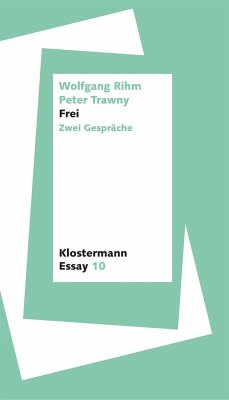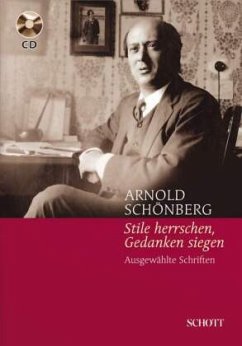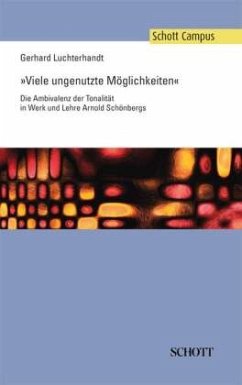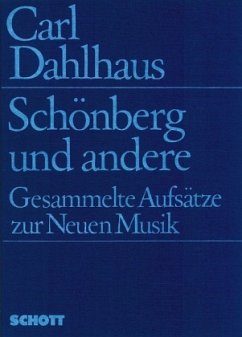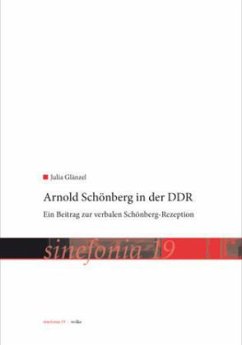
The Classical Tradition and Schoenberg's PianoConcerto
Monothematic Sonata Form, Long-range Voice-leading, and Chromatic Saturation
Versandkostenfrei!
Versandfertig in 6-10 Tagen
32,99 €
inkl. MwSt.

PAYBACK Punkte
16 °P sammeln!
This analysis of Op. 42 examines the way that Schoenbergadapts the classical tradition with respect to form, voice-leadingon various structural levels, and how he reinterpretsessentiallytonal formal archetypes in an atonal context. After a briefintroduction and definition of terms, each section of the firstmovement is examined in detail in both its dodecaphonic serial andtraditional manifestations. The majority of the discussion is onthe first movement, but since the four-movement work also yields anoverarching form, there is a cursory examination of globalphenomena as they influence first-mov...
This analysis of Op. 42 examines the way that Schoenbergadapts the classical tradition with respect to form, voice-leadingon various structural levels, and how he reinterpretsessentiallytonal formal archetypes in an atonal context. After a briefintroduction and definition of terms, each section of the firstmovement is examined in detail in both its dodecaphonic serial andtraditional manifestations. The majority of the discussion is onthe first movement, but since the four-movement work also yields anoverarching form, there is a cursory examination of globalphenomena as they influence first-movement compositional decisionsand vice-verse. As part of the discussion, I examine severalexamples from the classical tradition as well as excerpts fromSchoenberg's writings on tradition and form. The paper closes withobservations on how the first movement also functions as alarge-scale first theme-group and transition in the context of thewhole Concerto.



